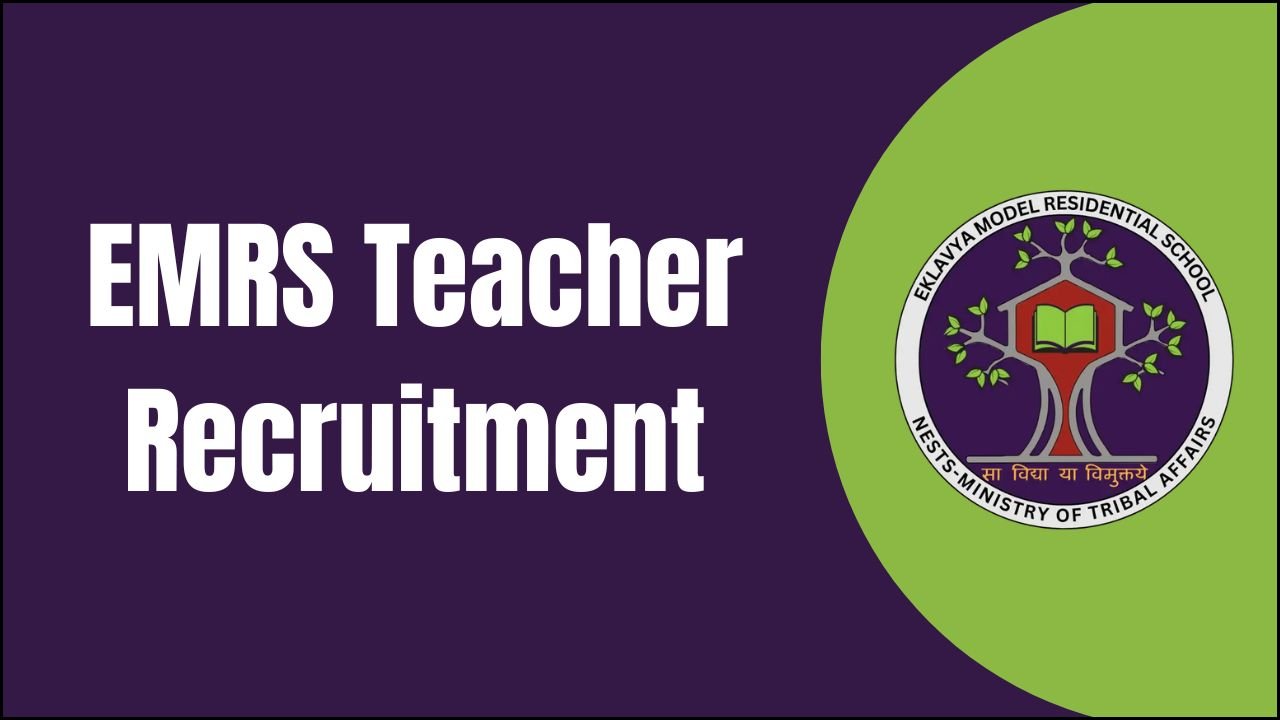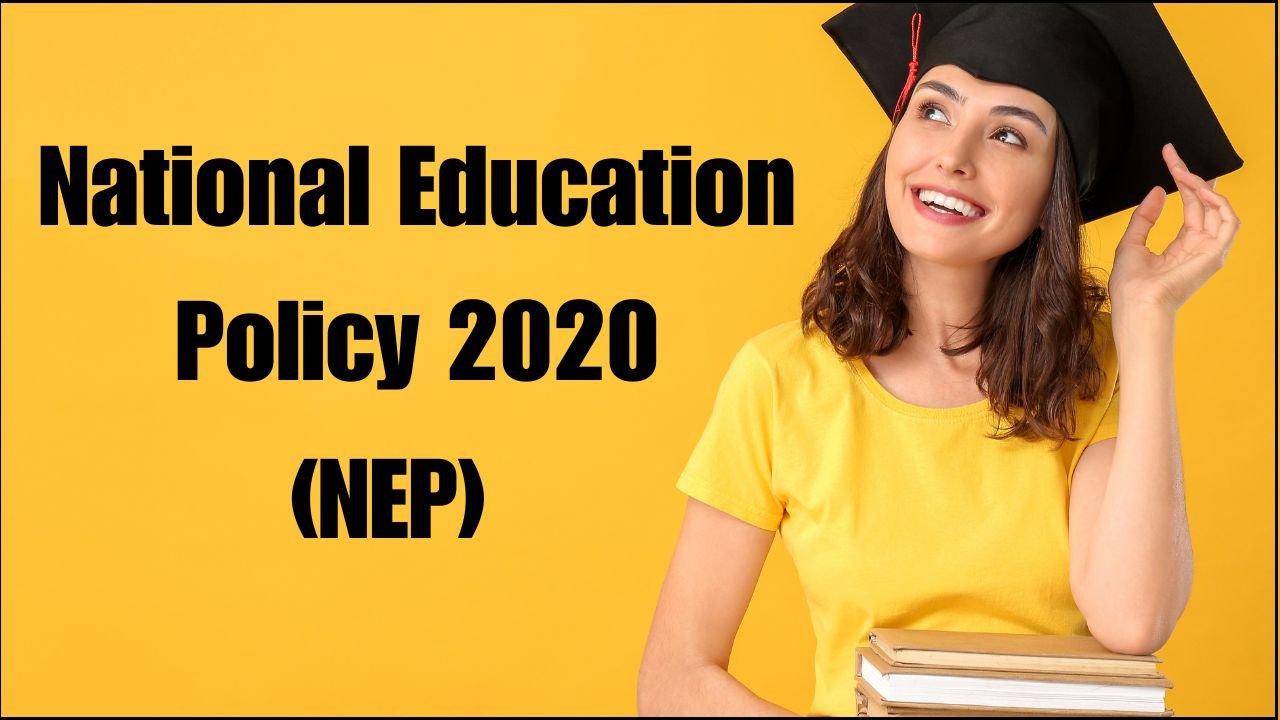
Students with learning disabilities face challenges in traditional classroom settings, but with the right strategies, they can thrive alongside their peers. Teachers play a key role in designing inclusive environments that support diverse learning needs. This guide provides specific techniques and classroom practices that help educators accommodate and empower students with learning disabilities such as dyslexia, dyscalculia, and ADHD.
Table of Contents
Understanding Learning Disabilities
Dyslexia
• Affects reading fluency, spelling, writing, and comprehension
• Often causes students to read slowly or confuse letters and words
Dyscalculia
• Impacts math abilities such as counting, number sense, and calculations
• Leads to difficulty in understanding math vocabulary and concepts
ADHD (Attention-Deficit/Hyperactivity Disorder)
• Involves trouble with attention, focus, organization, and impulse control
• Can result in missed instructions or incomplete tasks
Multisensory Teaching Techniques
Benefits of Multisensory Instruction
• Reinforces learning by activating visual, auditory, and kinesthetic senses
• Helps build stronger memory connections
• Increases student interest and participation
Examples of Multisensory Strategies
| Method | Description |
|---|---|
| Air Writing | Students write letters or numbers in the air using large arm movements |
| Manipulatives in Math | Blocks, counters, or fraction tiles are used to show abstract math concepts |
| Role-Playing in History | Students act out scenes from historical events to aid memory and engagement |
| Read-Aloud with Highlighting | The Teacher reads while students highlight keywords in the text |
| Music and Movement | Songs or rhythmic chants are used to remember facts or sequences |
Explicit Instruction
Key Features of Explicit Teaching
• Clear goals and instructions
• Structured practice and feedback
• Logical sequencing of skills
• Repetition and review are built into lessons
Steps in Explicit Instruction
| Step | Details |
|---|---|
| Modeling | The Teacher demonstrates the skill while explaining the steps aloud |
| Guided Practice | Students try the skill with teacher support |
| Independent Practice | Students apply the skill on their own to build mastery |
| Checks for Understanding | Frequent questions or mini-assessments ensure students grasp the concept |
Benefits of Explicit Instruction
• Reduces confusion and frustration
• Increases student confidence
• Supports students with memory and attention issues
Scaffolding Techniques
What Scaffolding Provides
• Step-by-step guidance during the learning process
• Adjusted support based on student progress
• A gradual move toward student independence
Examples of Classroom Scaffolding
| Subject | Scaffolding Strategy |
|---|---|
| Language Arts | Use sentence frames or writing prompts to help students begin a writing task |
| Math | Provide guided steps for solving problems before asking students to try alone |
| Science | Offer structured lab report templates or checklists |
| Social Studies | Use maps, diagrams, or cause-effect charts to break down complex topics |
Methods for Effective Scaffolding
• Ask guiding questions before giving answers
• Break large tasks into smaller actions
• Use visuals like charts, webs, or flow diagrams
• Allow peer support or group learning for confidence-building
Classroom Accommodations for Learning Disabilities
Purpose of Accommodations
• Give students fair access to the curriculum
• Do not change what is taught, only how it is learned or demonstrated
Examples of Effective Accommodations
| Accommodation | Purpose |
|---|---|
| Extended Time on Tests | Reduces pressure for students who process information slowly |
| Preferential Seating | Helps minimize distractions by seating students near the teacher |
| Verbal Instructions | Supports students with reading difficulties |
| Use of Calculators | Assists students with dyscalculia during computation-heavy tasks |
| Assistive Technology | Text-to-speech or speech-to-text tools support reading and writing |
| Frequent Breaks | Allows students with ADHD to reset focus |
| Simplified Instructions | Ensures understanding through short, clear directions |
| Alternative Formats | Let students give oral answers instead of written work if appropriate |
Assistive Technology Tools
| Tool | Function |
|---|---|
| Text-to-Speech Apps | Read text aloud for students with reading disabilities |
| Speech Recognition | Helps students write by speaking into a microphone |
| Digital Graphic Organizers | Organize ideas and information visually |
| Audiobooks | Provide content access for students who struggle with reading |
Creating an Inclusive Classroom Environment
Design Elements to Consider
| Component | Strategy |
|---|---|
| Classroom Layout | Arrange seating to promote focus and minimize distractions |
| Visual Aids | Post classroom rules, schedules, and subject guides using images and charts |
| Lighting and Sound | Ensure appropriate lighting and reduce background noise |
| Routine and Structure | Keep daily routines predictable to reduce anxiety and confusion |
Communication and Support Systems
Ways to Collaborate with Support Staff and Families
| Collaboration Area | Details |
|---|---|
| IEP Meetings | Participate actively and contribute classroom observations |
| Regular Check-ins | Update special educators and parents about student progress |
| Paraprofessional Support | Coordinate daily tasks and roles to help the student stay on track |
| Shared Resources | Exchange materials and strategies with other educators |
| Parent Engagement | Communicate clearly and frequently through meetings, notes, or emails |
Professional Development for Teachers
Topics for Teacher Growth
• Learning disability awareness
• Differentiation techniques
• Technology integration for inclusion
• Behavior support strategies
• Universal Design for Learning (UDL) principles
Resources for Inclusive Education
| Resource Type | Examples |
|---|---|
| Videos | Classroom strategy demos, teacher testimonials, student case studies |
| Blogs/Articles | Real-life experiences, strategy discussions, expert advice |
| Web Tools | Inclusive planning platforms, digital organizers, and interactive lessons |
| Workshops | District-level or online training on disability inclusion |
Final Thoughts
Inclusive education helps all students grow academically, emotionally, and socially. By understanding learning disabilities and applying intentional strategies like multisensory teaching, explicit instruction, scaffolding, and effective accommodations, teachers can make a significant difference. Collaboration with specialists and families ensures that no child is left behind. A supportive, inclusive classroom empowers every learner to achieve success.





